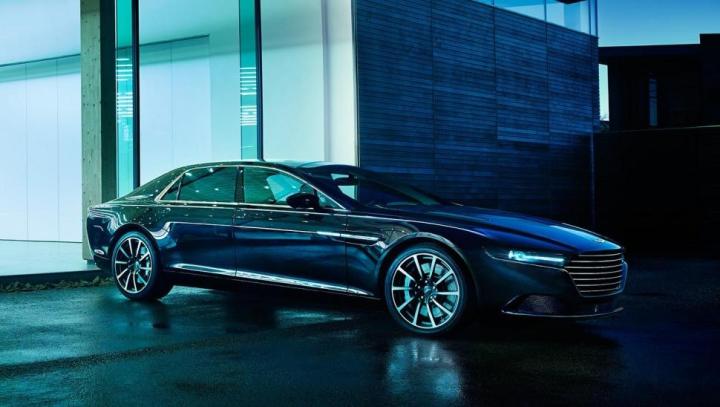
Julian Jenkins, President of Aston Martin the Americas, recently spoke to Auto Guide about the company’s future. When asked if the firm had any plans to explore less expensive markets, he replied succinctly.
“No, not as this stage,” he said. “I think today, certainly for Aston Martin, we focus on sports cars. That’s where we come from and that’s our niche. Clearly that’s the immediate focus based on the range we’ve got today.”
Instead, the British automaker has its sights set on the ultra high-end portion of the automotive world in a bid to increase exclusivity.
“I think the Lagonda as a brand would be an interesting opportunity,” Jenkins said. “That’s something that we can build in the future.”
The Lagonda ‘super saloon’ was originally built in the 1970s but was brought back last year in extremely small numbers. Oddly enough, the manufacturer used the Lagonda nameplate for a crossover concept years ago, but we haven’t heard much on that front since. Currently, the Lagonda four-door (pictured) is offered in the Middle East by invite-only.
Despite Aston Martin’s aspirations to climb the market ladder, Jenkins didn’t completely rule out a future move to diversify the carmaker’s lineup.
“[We’re] very conscious of market demand; we have to be,” he said. “If there is a segment, if there is an opportunity that we can sit comfortably within we will go after it.”
Even if the brand continues to focus on sports cars, with only 149 dealers worldwide, Jenkins sees good opportunities for growth.
“I think we’ve been in a very fortunate position, we’re small, independent and that’s enabled us to collaborate, to work with a number of manufacturers,” he explained.
“There are still markets that do not yet have an Aston Martin dealer … But we’re not looking to treble or quadruple our volume.”


